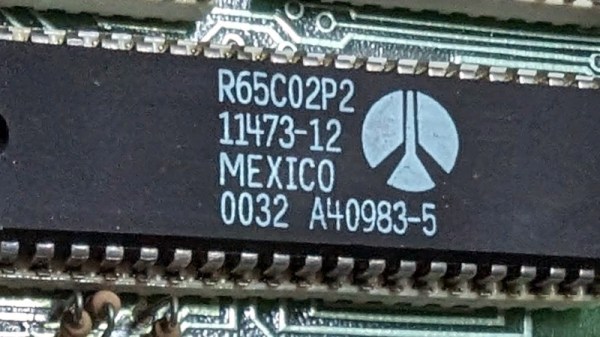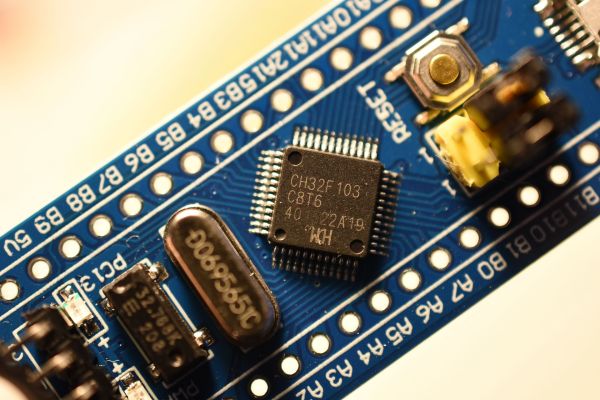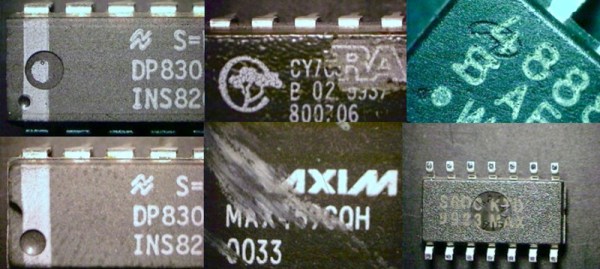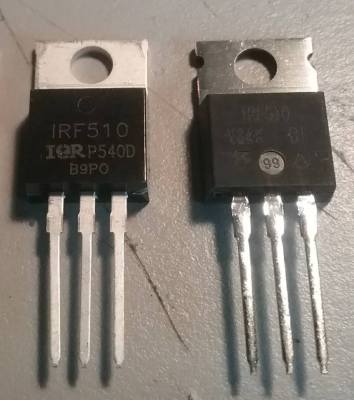We all know that there’s a significant risk of receiving fake hardware when buying parts from less reputable sources. These counterfeit parts are usually a much cheaper component relabeled as a more expensive one, with a consequent reduction in performance. It goes without saying that the fake is lower quality then, but by just how much? [Denki Otaku] has a video comparing two power FETs, a real and a fake one, and it makes for an interesting watch.
For once the fact that a video is sponsored is a positive, for instead of a spiel about a dodgy VPN or a game involving tanks, he takes us into Keysight’s own lab to work with some high-end component characterization instruments we wouldn’t normally see. A curve tracer produces the equivalents of all those graphs from the data sheet, while a double pulse tester puts the two transistors through a punishing high-power dynamic characteristic examination. Then back in his own lab we see the devices compared in a typical circuit, a high-power buck converter. The most obvious differences between the two parts reveal something about their physical difference, as a lower parasitic capacitance and turn-on time with a higher on resistance for the fake is a pointer to it being a smaller part. Decapping the two side by side backs this up.
So it should be no surprise that a fake part has a much lower performance than the real one. In this case it’s a fully working transistor, but one that works very inefficiently at the higher currents which the real one is designed for. We can all be caught by fakes, even Hackaday scribes.
Continue reading “How Good (Or Bad) Are Fake Power Semiconductors?”



















